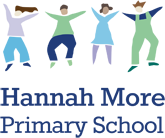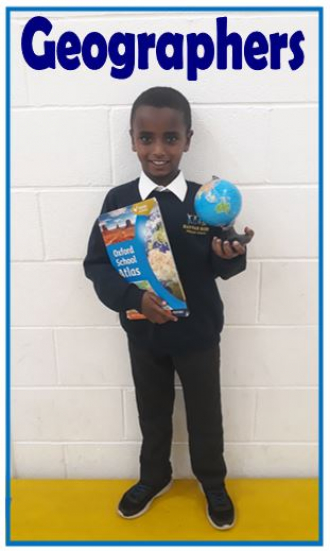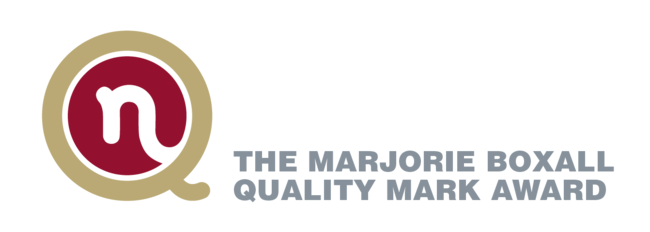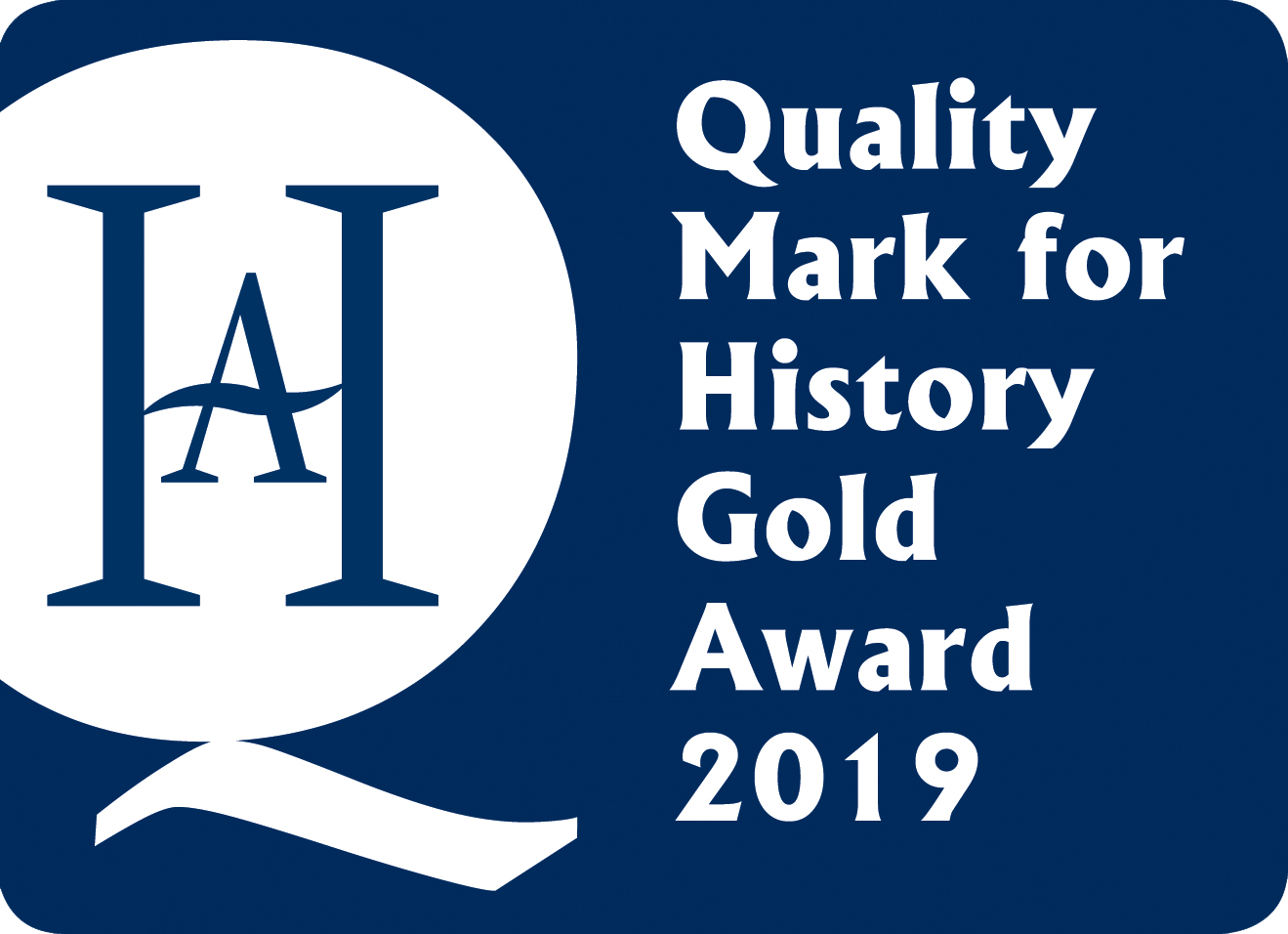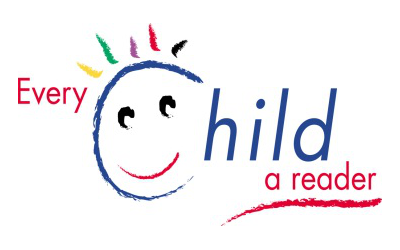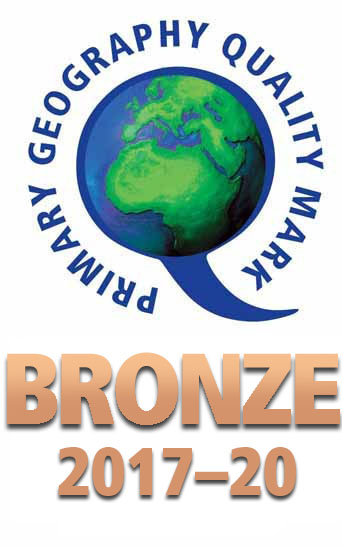Intent
At Hannah More we offer a high-quality geography curriculum that helps pupils gain a coherent understanding of the world we live in. Geography lessons help to provoke thoughts and provide answers to questions about natural and human aspects of the world. At Hannah More, children are encouraged to develop a greater understanding and knowledge of the world, increasingly using their prior knowledge to make links and solve problems.
The Geography curriculum enables children to develop knowledge and skills that are transferrable to other curriculum areas. At Hannah More our intent, when teaching geography, is to inspire the children to have a curiosity and fascination about the world and people within it; to promote the children’s interest and understanding of diverse places, people, resources and natural and human environments, together with a deep understanding of the Earth’s key physical and human processes. Discussion is a key part of lessons and Oracy skills are embedded within lessons to support the children in sharing their opinions.
Within Geography, opportunities exist for children of all ages to experience learning beyond the classroom. This allows them to enrich their knowledge by visiting places they may not normally consider or places of geographical interest within the local area. Not only do these visits contribute towards enriching the curriculum, but they also support our children in developing their own cultural capital.
Implementation
At Hannah More, Geography is taught throughout 2 or 3 enquiries in each year group. The lessons can be stand alone or mixed with other subjects such as Science or History. We cover the National Curriculum, supported by a clear skills and knowledge progression. This ensures that skills and knowledge are built on each year and sequenced appropriately to maximise learning for all children.
In geography lessons teachers to use a variety of teaching methods and recognise different learning styles. This may be using physical maps and atlases, using online mapping tools or looking at photos and pictures to stimulate learning and discussion. The curriculum is planned and taught taking into consideration the needs of all pupils based on their relative starting point. It is important that children develop the skills of a geographer by fully immersing them in all areas of the subject.
The local area is well utilised to achieve desired outcomes, with opportunities for learning outside the classroom embedded in practice. School trips and fieldwork are provided to give first hand experiences, which enhance children’s understanding of the world.
In addition to the enquiries, during arts week each year group conducts an in depth study of a different continent, therefore covering all 6 inhabited continents by the end of Year 6. With knowledge of the physical and human aspects of that continent, children then go on to create a variety of art, design, music and drama outcomes.
During EYFS, pupils explore the world around them through a combination of child initiated and adult directed activities.
They have the opportunities to:
- Explore and observe features of the natural environment
- Explore materials such as sand, water, shells and rocks
- Discuss the weather and seasonal changes
- Play with small world resources such as train tracks and city blocks and manipulate these as they wish
- Explore the local environment – looking at maps and following basic directions
Impact
As a school we evaluate the impact of our wider curriculum through:
- Lesson observations
- Pupil voice
- Book scrutiny
At Hannah More Primary School, our curriculum enables children to gain a broad and balanced understanding of the key geographical skills and knowledge of their local, regional and global environments. The curriculum supports children in developing their understanding of both the physical and human geography around the world. By the end of Year 6 children have a secure and varied knowledge about the world around them and are curious to always find out more.
We assess the children’s work in Geography while observing them working during lessons. Questioning is used to form part of the teacher assessment. Evidence is collected in pupils exercise books and the class floor book which acts as a ‘snapshot’ of the learning that takes place. We also use pupil voice as a tool to develop the future teaching and learning of Geography.

